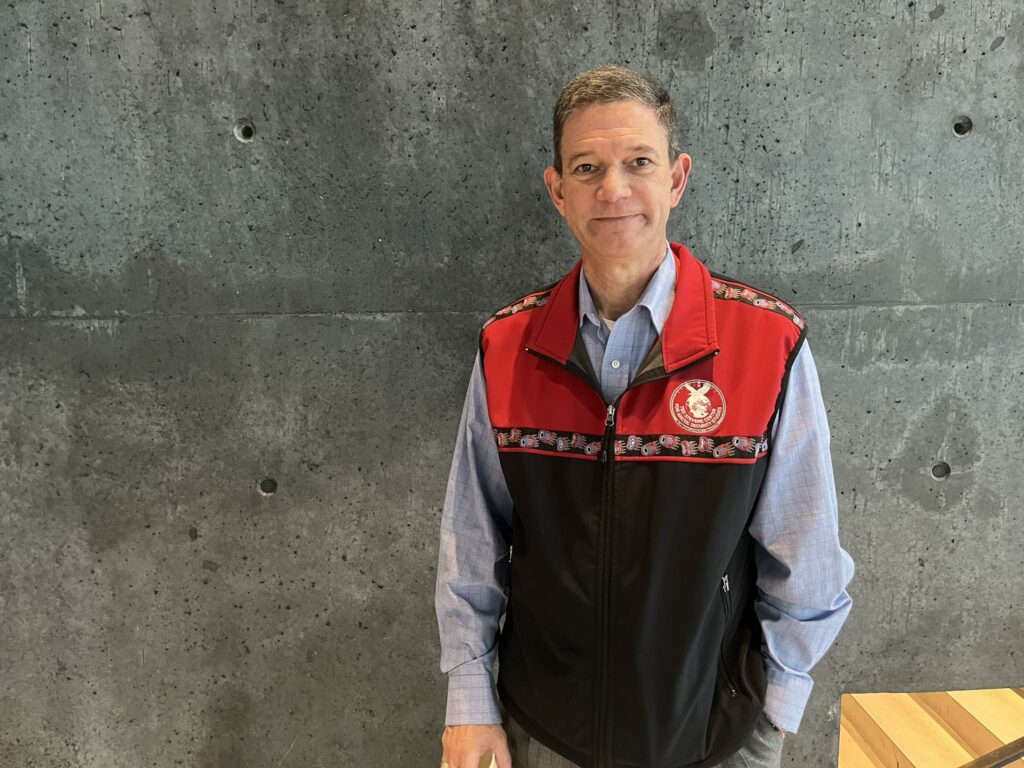Increased Arctic Shipping Brings Increased Risks

The melting sea ice in the Arctic is opening up new shipping lanes and increasing traffic and with the benefits of new trade routes comes the increased risk of catastrophe.
“The more the activity increases, accidents and mistakes happen. I don’t wanna be doom and gloom, but it’s a matter of time before something happens,” said Ret. Rear Admiral Matthew T. Bell Jr. Currently Bell is the dean of the School of Arctic and Climate Studies at the Ted Stevens Center for Arctic Security Studies, which is part of the US Department of Defense.
Bell spent 36 years in the US Coast Guard and can be considered an expert on maritime security and disasters, having worked on the response to the 1989 Exxon-Valdez accident, which spilled 11 million gallons of oil off the coast of Alaska. He spoke to the Arctic Business Journal at the Arctic Circle conference in Reykjavík where shipping was among the most discussed topics, with several forums dedicated to this vital aspect of economic activity in the Arctic.
“I first went to the Bergins Sea and northern Alaskan waters in the mid 80s. Back then, there was no large traffic through that space, only fishing,” says Bell. “Logarithmically the region is experiencing a huge increase that has never been seen before. It’s very isolated, pristine and highly vulnerable to disruptions.”
The Northern Sea Route, which runs along the Russian Arctic coast from Murmansk to the Bering Strait and Far East, has become a key asset for Russian geopolitical interests and last week during his visit to China, President Vladimir Putin made it a leading element in his continued effort to strengthen ties between the two Asian powers. Putin seems to be banking on the melting Arctic sea ice to help him make up for his lost European gas revenues
“Starting next year, navigation for ice-class cargo ships along the entire length of the Northern Sea Route will become year-round,” Putin said.
Bell doubts that we’ll see year-round shipping as soon as next year, but Putin’s optimism is a clear sign of just how fast the situation is changing. In 2017, just six years ago the Russian Tanker Christophe de Margerie, became the first ship to complete the Northern Sea Route without the aid of specialized ice-breaking vessels.
The increase in traffic brings with a need for increased government regulation and cross-border cooperation among the Arctic states.
“It is a challenge to regulate that space and provide the same level of services that those folks in the lower 48 would expect. We would expect the same search and rescue, regulatory prevention and response activity through the region,” says Bell.
The war in Ukraine has had a widespread implication for the Arctic, with formal and established means of cooperation between the West and Russia breaking down. When it comes to shipping this can have serious consequences.
“The cooperation between Russia and the US has taken a standstill now for obvious reasons due to their heinous acts in Ukraine. Should that cooperation continue, can we get back to where we were before? Well, that’s up to Russia. Russia has come out saying this is our waters, you can’t do that, I think we are gonna disagree with that because of our interpretation of international straits and passage.”
As the number of activity in the Arctic goes up, then the chance of accidents happening increases with it. Steps have been taken in recent years to minimize the risk of shipping accidents in the Arctic such as with the International Maritime Organization’s (IMO) Polar Code that entered into force in 2017. But as Bell explains the unique Arctic environment brings with it challenges not found further south.
“I was in Prince William Sound for Exxon-Valdez and I would not wanna wish that ever again on any part of the water,” says Bell. “We would be able to respond if a disaster like that happened further north, but would we be able to provide the same level of effort as to Exxon-Valdez? No way. The time and distance to get there, the logistics, where you stage and the resources required is a huge undertaking.”
The Arctic is a fragile environment and in many ways more sensitive than other parts of the globe. That is more evident than ever as temperatures rise faster there than elsewhere. As climate change alters life and nature in the region it requires a change in strategy among decision makers.
“My recommendation to governments and industries is: plan for the worst,” says Bell.